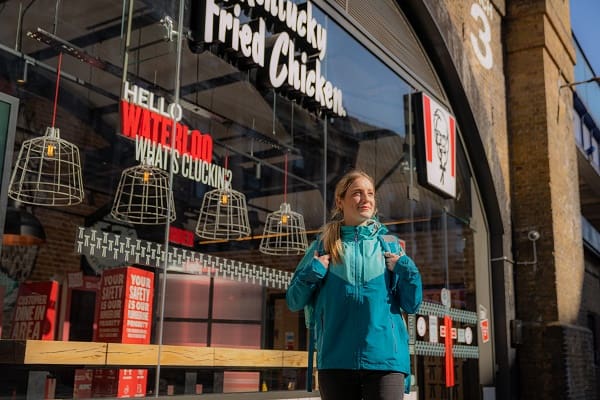Travel
NY-London in 1 hour: Tunnel proposal

Is a 60-minute train ride from New York to London possible? The transatlantic tunnel vision resurfaces
credit : Shutterstock
The ambitious idea of a high-speed train connecting New York and London has re-emerged, capturing imaginations with the promise of crossing the Atlantic in just an hour.
The Transatlantic tunnel: A bold vision for high-speed travel
Picture this: boarding a train in New York, sipping your coffee, and stepping onto London soil less than an hour later. The concept of a transatlantic tunnel has been discussed for decades, but advancements in technology are bringing it closer to reality.
The proposed tunnel would stretch a staggering 3,400 miles, dwarfing the 23.5-mile Channel Tunnel linking France and England.
Trains would operate in a vacuum-sealed environment, allowing speeds of up to 3,000 mph by eliminating air resistance.
While the potential for such a tunnel is exciting, the financial challenges are equally monumental, with construction costs projected at an eye-watering €17.4 trillion.
Can technology turn the Transatlantic tunnel vision into a reality?
Recent developments in hyperloop systems and pressurised vehicle technology could make this seemingly impossible dream a reality. By using a vacuum inside the tunnel, trains could move at extraordinary speeds with minimal energy, presenting a sustainable alternative to air travel.
However, building such a tunnel would take decades and involve unprecedented engineering efforts.
The potential impact of a transatlantic tunnel on travel and technology
If the transatlantic tunnel becomes a reality, it could transform how we think about travel:
Same-day trips: Londoners could hop on a train to New York for a business meeting and return in time for dinner.
Eco-friendly travel: High-speed trains powered by renewable energy could significantly reduce carbon emissions compared to planes.
While the project is still far from being realised, it represents a bold vision for the future of global connectivity.
Could this be the future of travel? Share your thoughts below!










